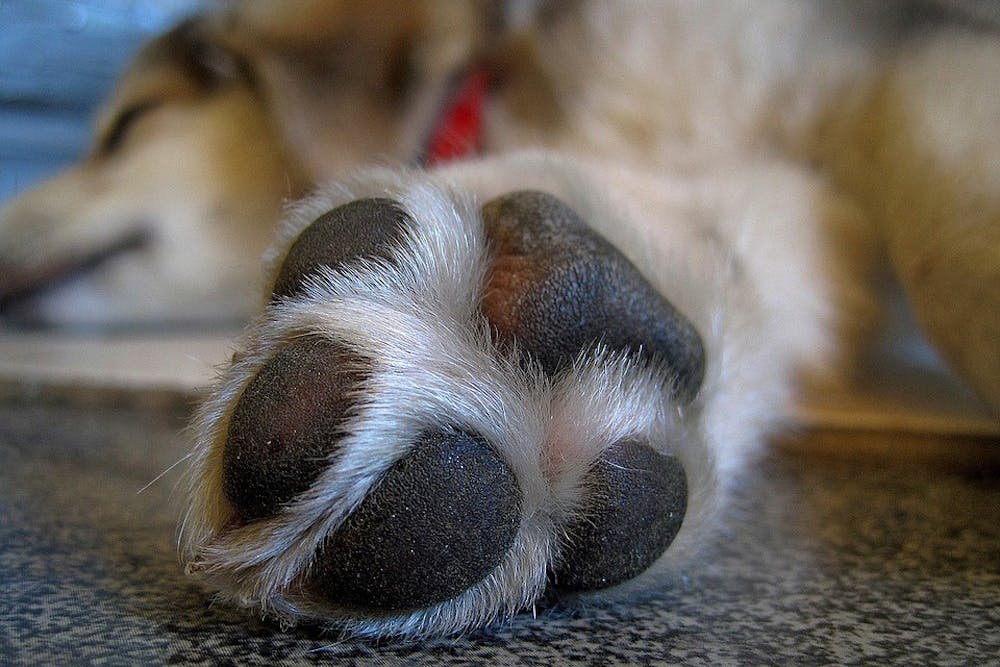
Penn Vets give pets with fractured limbs a chance to live. | Courtesy of pixabay user Tiinuska
For a shelter animal, a broken limb can mean the loss of a life.
“Saving Lives by Saving Limbs” is a pilot program at the School of Veterinary Medicine in which surgeons and students repair the fractured limbs of homeless shelter animals. This program is not only a philanthropic endeavor that provides treatment for animals that otherwise may have to face amputation or euthanasia, but is also a learning opportunity for residents, interns and students.
David Holt, the founder of the program and a surgeon at the Vet School, explained that injured shelter animals are often put to sleep because shelters lack the resources needed to repair fractures, and people often do not adopt animals with fractured limbs.
Saving Lives by Saving Limbs aims to provide free treatment for these fractures so that these homeless dogs and cats can receive necessary care and be adopted.
“We were lucky enough to receive a grant from both the Humane Society Veterinary Medical Association and the KISLAK Family Foundation that will subsidize the costs of fractures in these animals,” Holt said. “We’ve also been very lucky in that DePuy Synthes, which is a human and veterinary orthopedic implant company, has agreed to provide the vast majority of the implants at no cost to the program.”
This program is also a learning experience for residents, interns and students in treating fractures in dogs and cats. Because fractures are often treated only in emergency procedures and surgery is very expensive, residents and students rarely receive such opportunities.
However, through this program, they too have been able to participate in fracture surgery.
“[This program] is an opportunity for me to grow professionally in a skill,” said Heidi McDevitt, a third-year surgery resident at the Vet School. “[It] not only enables me to get experience, but all of us love animals, and to be able to actually fix and restore normal limbs to a patient is very rewarding.”
To find shelter animals eligible for treatment, letters about the program are sent out to shelters in Philadelphia.
“We help shelters understand how they can take advantage of these programs to get care for the animal,” said Brittany Watson, director of Shelter Medicine and Community Engagement. “We’re able to ... connect things that our amazing physicians are doing at the University to the real life animals at the shelter.”
Shelters can enter dogs or cats with relatively fresh and straightforward fractures into the program by contacting Penn Vet and sending radiographs — X-ray photos — of the fracture. If the surgeons believe that the animal is a good candidate, it is brought in, and surgeons or residents repair the fracture. Then the animal is either immediately adopted or placed in foster care until the fracture heals.
The program, which started in July 2015, is still a relatively new one and must find sponsors or receive further grants if it is to continue its services long-term.
“We haven’t done this before, and as much as it’s a really good idea,” Holt said, “We only have funding for a certain number of patients. If the program works well, then what we have to do is find sponsors to sustain the program.”
The Daily Pennsylvanian is an independent, student-run newspaper. Please consider making a donation to support the coverage that shapes the University. Your generosity ensures a future of strong journalism at Penn.
DonatePlease note All comments are eligible for publication in The Daily Pennsylvanian.





